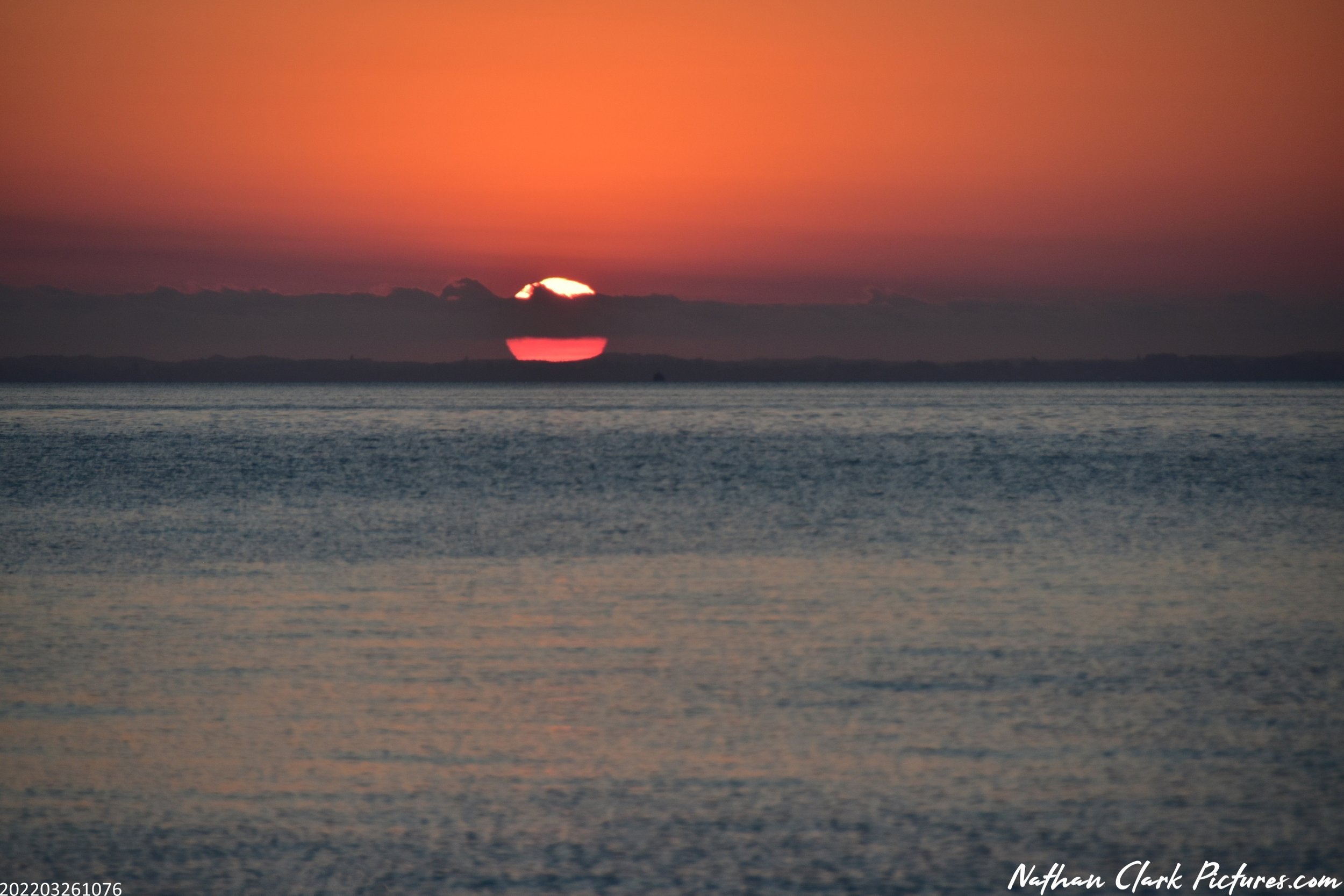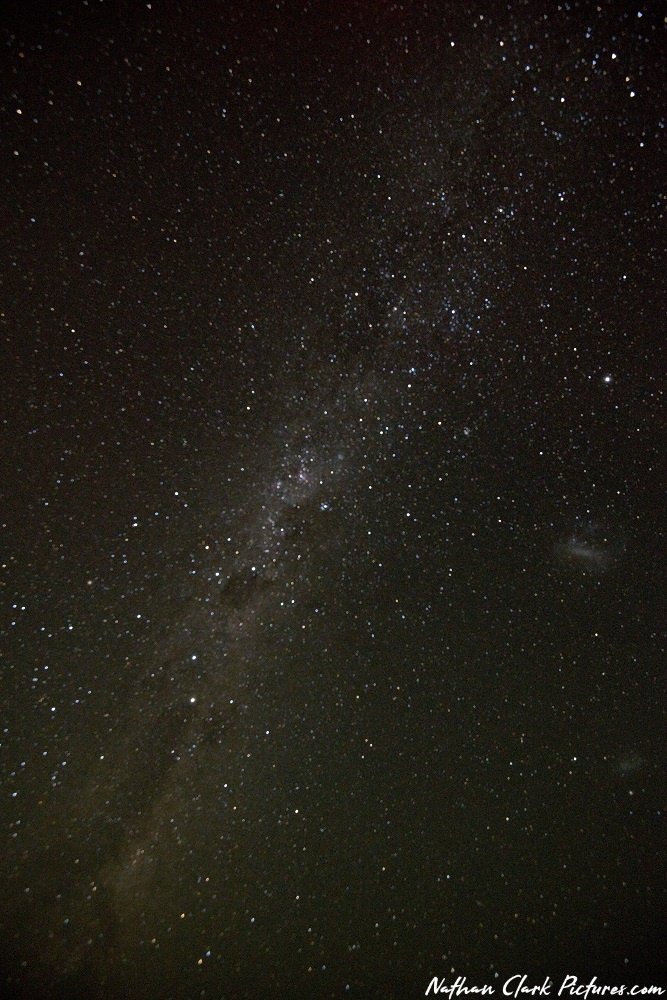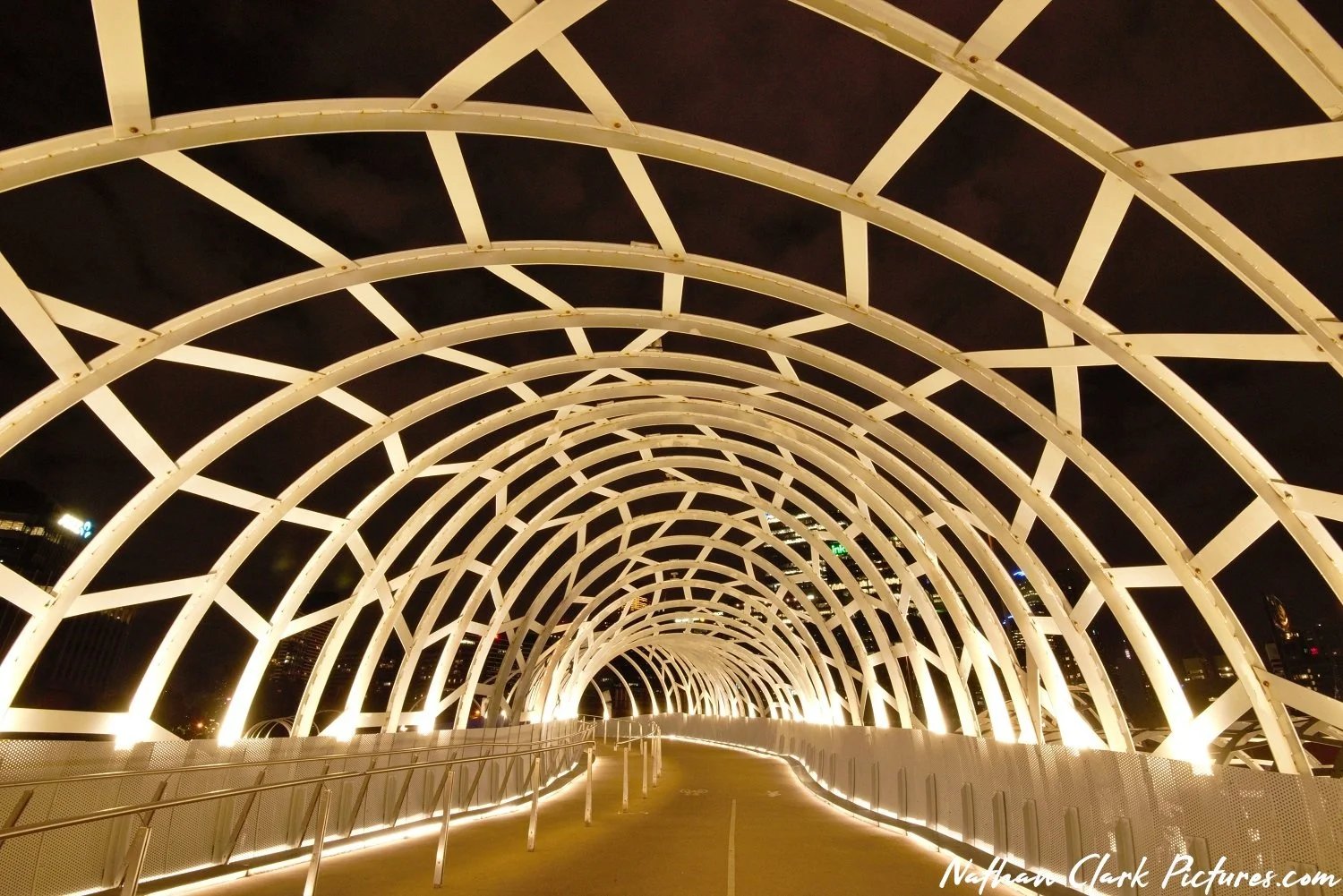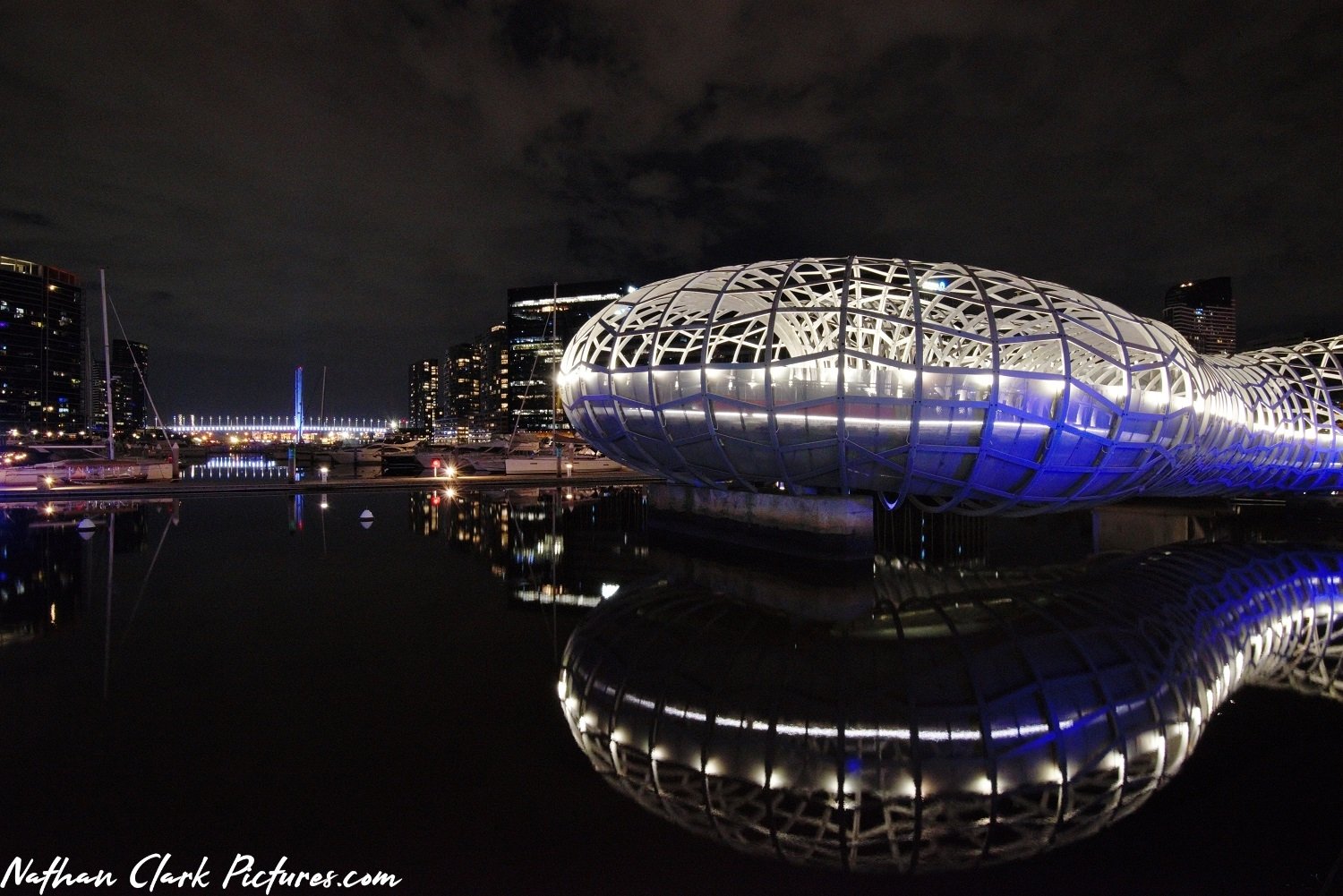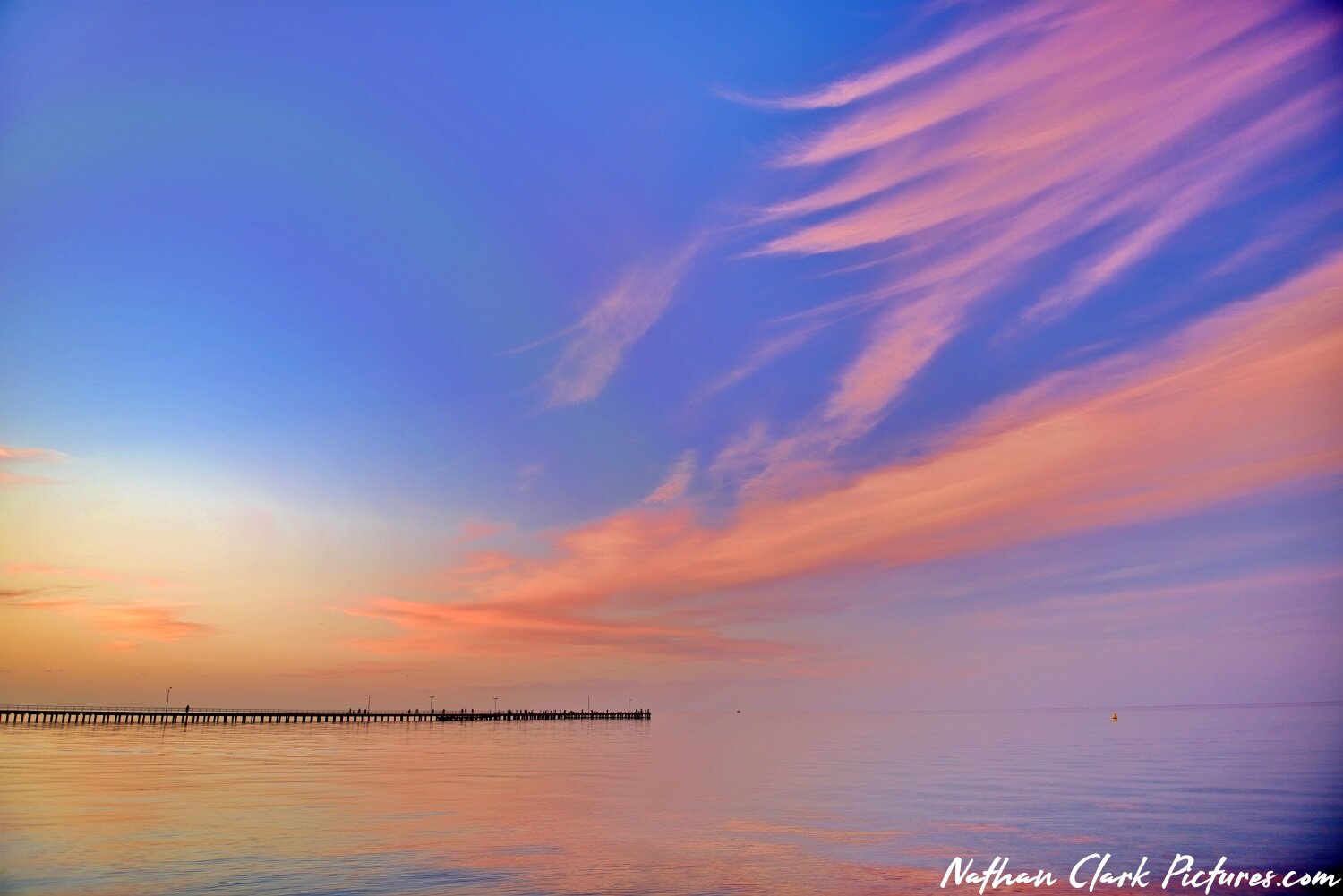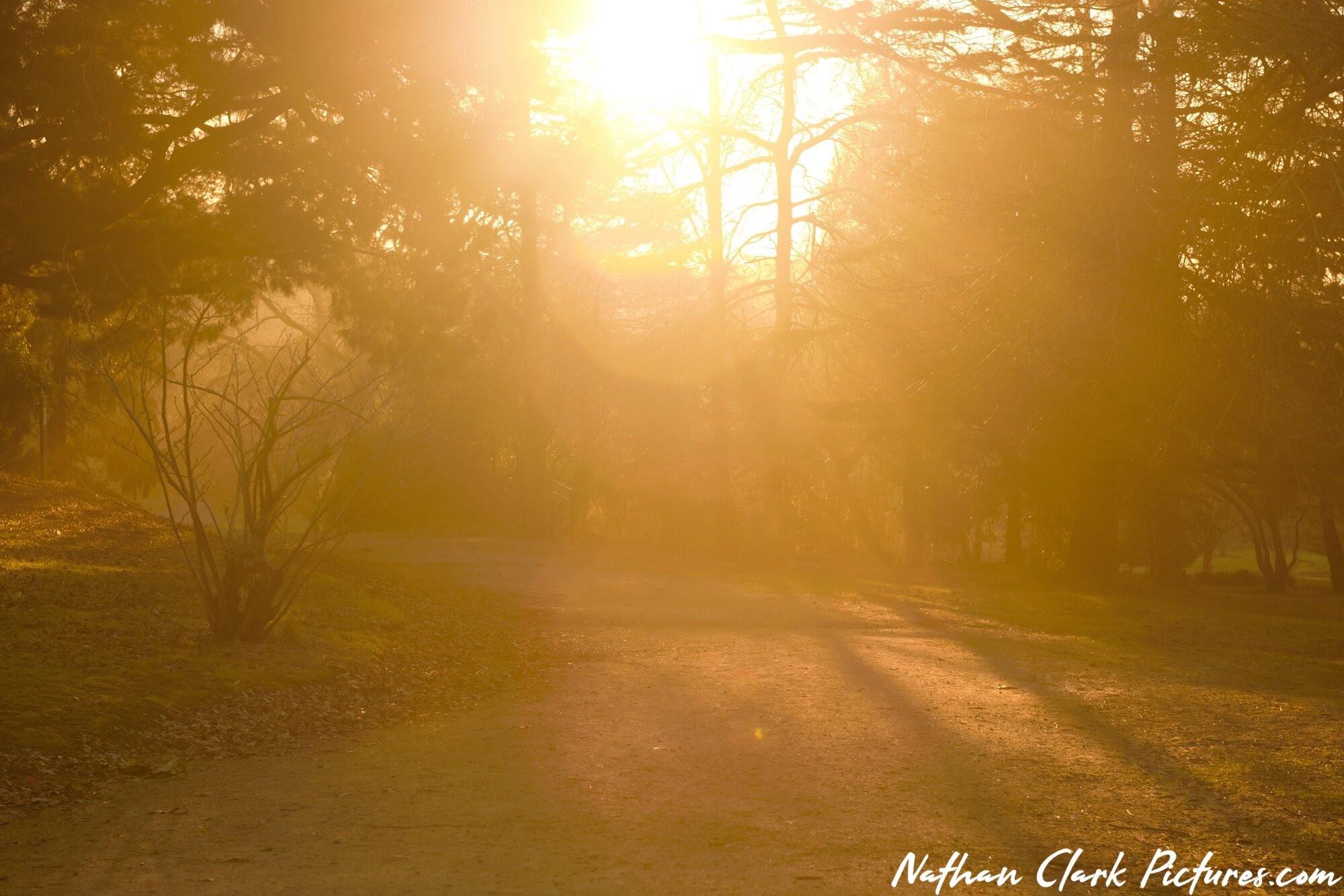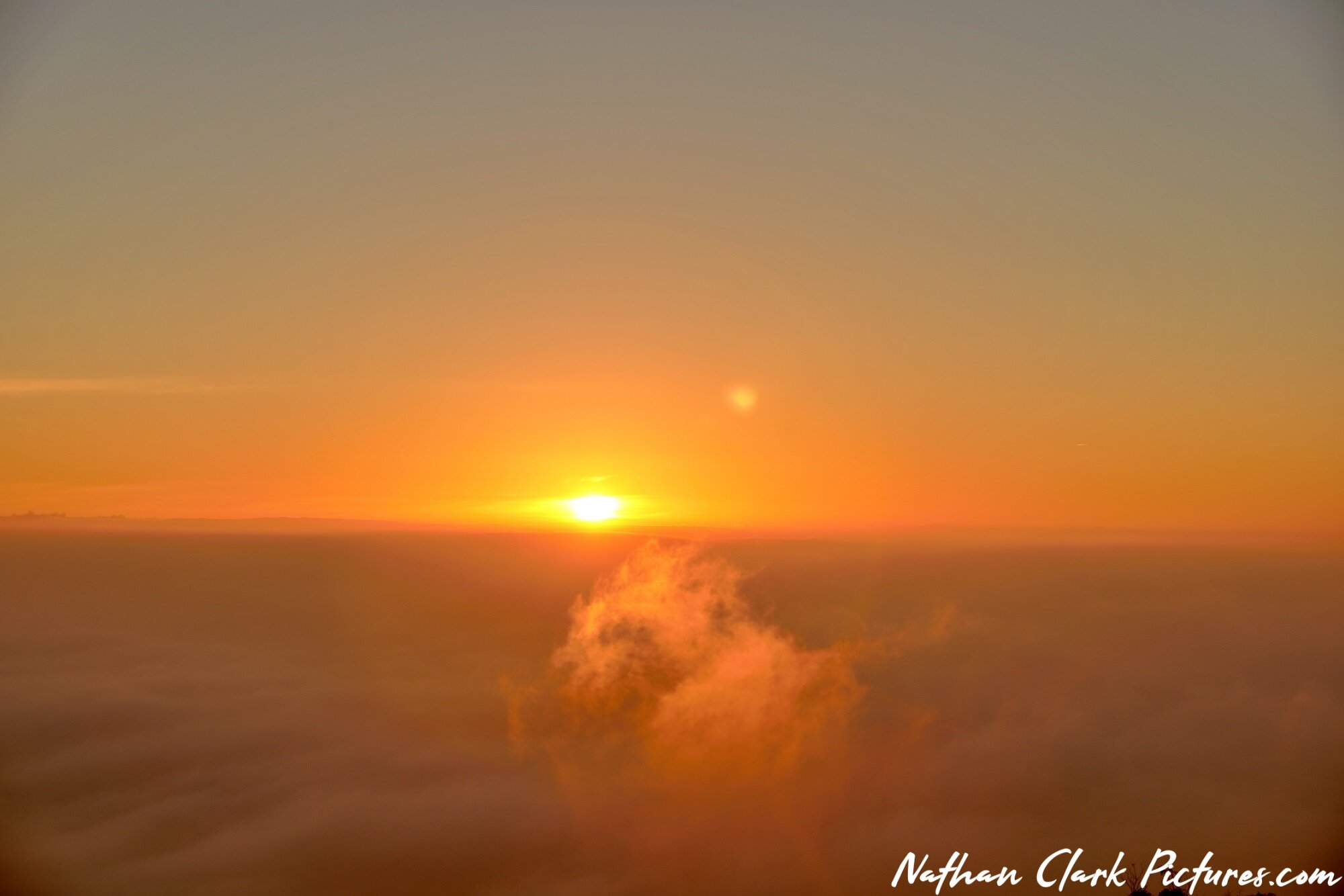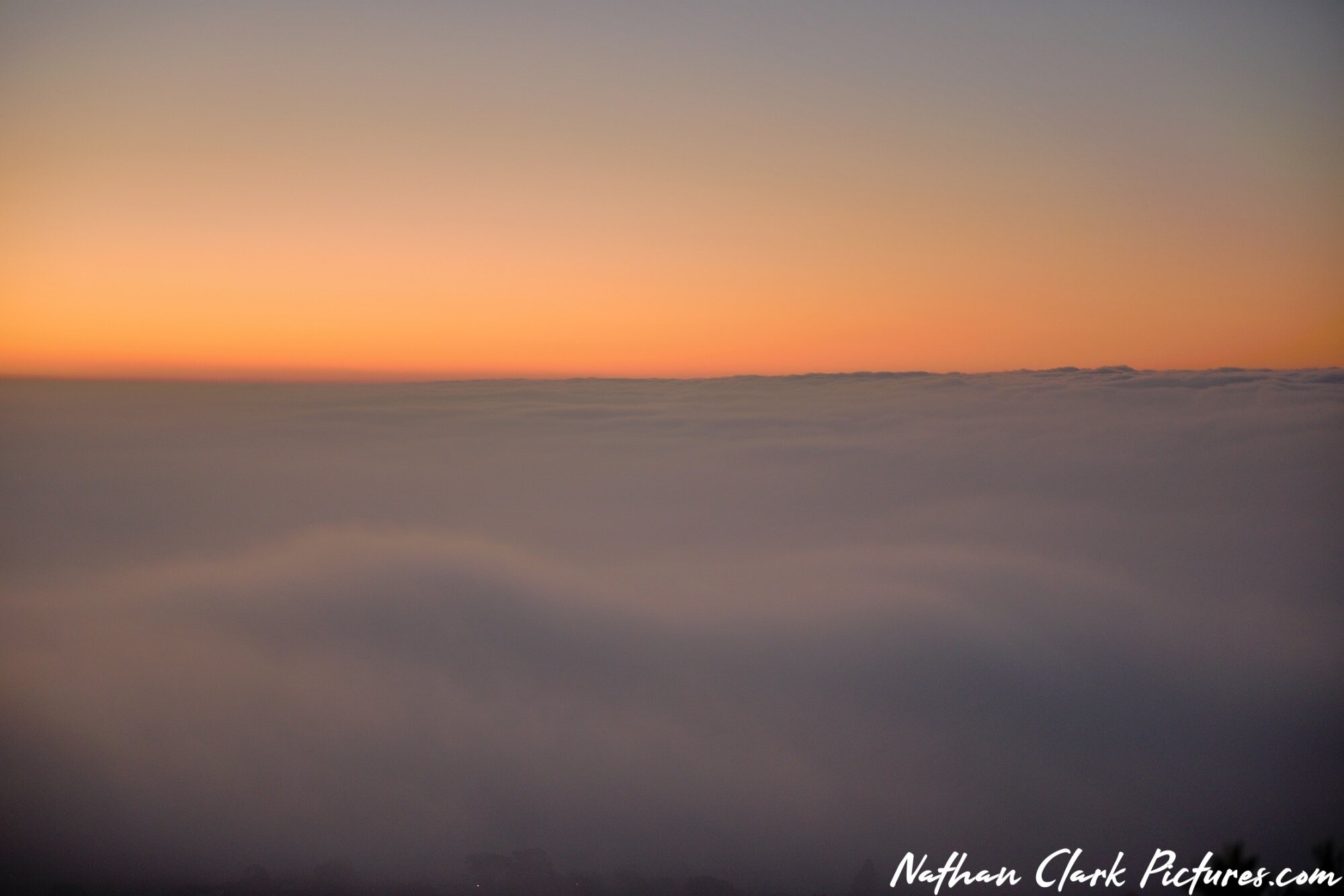Over 3 amazing mornings on the 12th, 13th, and 14th March, we had the good fortune of flying weather for the hot air balloons. As you may know from my posts over the years, this is a rare occurrence to have consecutive days that the weather is perfect for flying, and many a morning we have got up at 6am to find only a few balloons blown up and tethered at the ground.
This years feature balloon, just one unfortunately, was Tico the Sloth. A huge 33.5 meter high balloon that graced the sky as smooth and slowly as the real ones move. He, like so many of the other balloons also lowered his basket onto the surface of Lake Burley Griffin, for all the water crafts to come and say hi.
I was fortunate that the launching time was sunrise, as this made for some beautiful background sky colours.
This is just a small selection of the huge numbers of pictures taken again this year. I hope you enjoy them.























